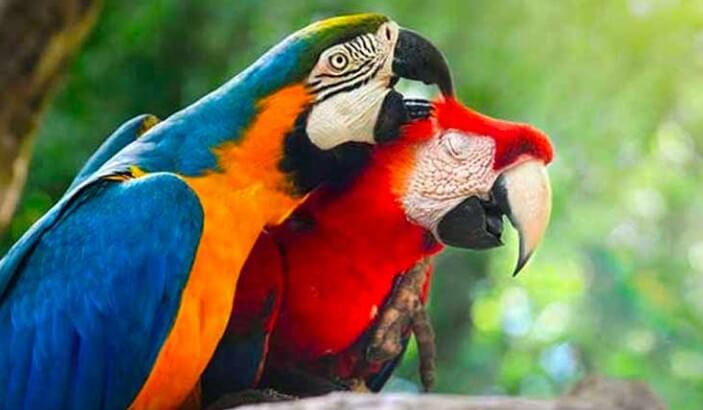Amazonian trees, The Amazon rainforest is a remarkable ecosystem known for its lush vegetation and diverse wildlife. Among its many treasures, the trees of the rainforest stand out as vital components of this unique habitat. In this article, we will delve into the fascinating world of Amazonian trees, explore the types of trees found in the rainforest, and highlight their significance in maintaining the delicate balance of the Amazon ecosystem.
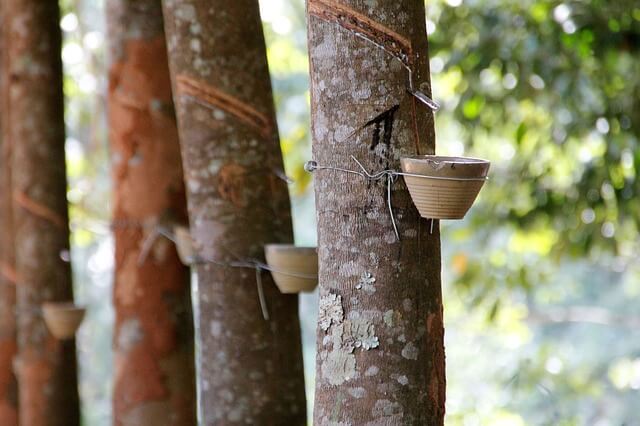
How many trees are in the Amazon rainforest in 2023?
The Amazon rainforest is home to a vast number of plant species, estimated to be around 40,000. It is important to note that the Amazon rainforest is known to contain billions of trees, making it one of the most significant and diverse forest ecosystems on the planet.
Types of Trees in the Amazon Rainforest:
Trees in a rainforest, The Amazon rainforest is home to a stunning array of tree species. From towering giants to delicate saplings, these trees contribute to the incredible biodiversity of the region. Some prominent types of trees found in the Amazon rainforest, what kinds of trees are in the rainforest include, Rainforest trees names are:
Canopy Trees:
Trees of the rainforest, Canopy trees form the uppermost layer of the rainforest, creating a dense network of branches and leaves that blocks much of the sunlight from reaching the forest floor. Examples of canopy trees in the Amazon rainforest include Brazil nut trees, kapok trees, and mahogany trees.
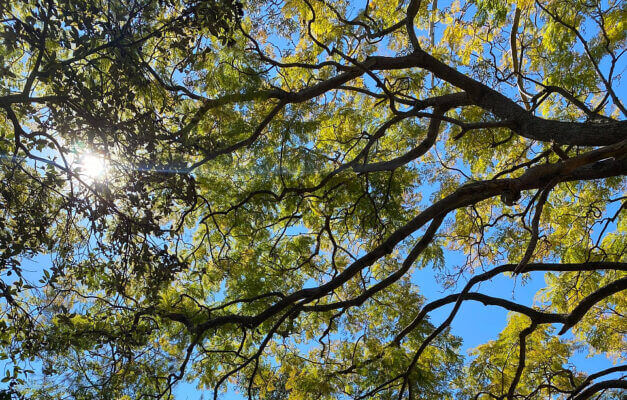
Emergent Trees:
Amazon rainforest tree, These majestic giants rise above the canopy, reaching staggering heights. Emergent trees play a vital role in capturing sunlight and dispersing seeds over vast distances. Some iconic emergent trees in the Amazon rainforest include the kapok tree, Brazil nut tree, and giant ceiba.
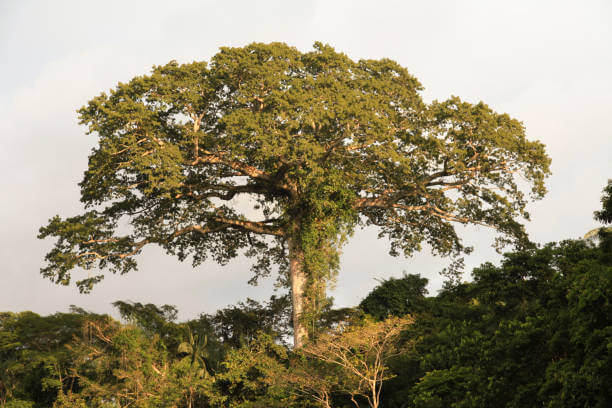
Understory Trees:
Types of rainforest trees also include understory trees, Found beneath the canopy layer, understory trees adapt to limited light conditions and thrive in the shade. These trees have unique characteristics such as large leaves to capture as much light as possible. Examples of understory trees include cocoa trees, rubber trees, and cecropia trees.
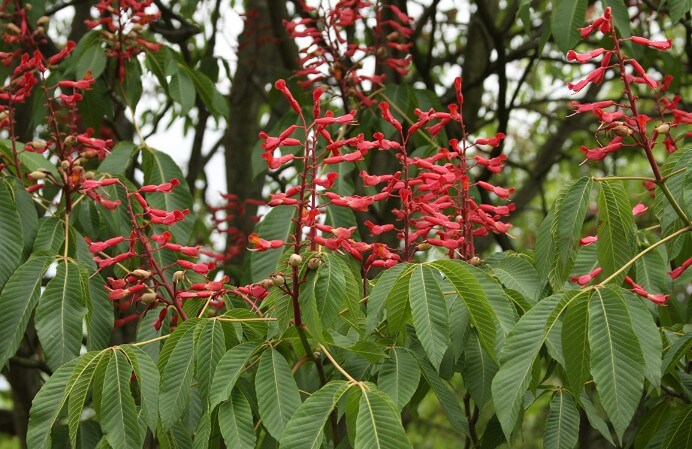
Palm Trees:
Types of trees in a rainforest include, Palm trees are a common sight in the Amazon rainforest, adding to their tropical allure. These trees, such as the acai palm, babassu palm, and buriti palm, provide important food and habitat for various species.
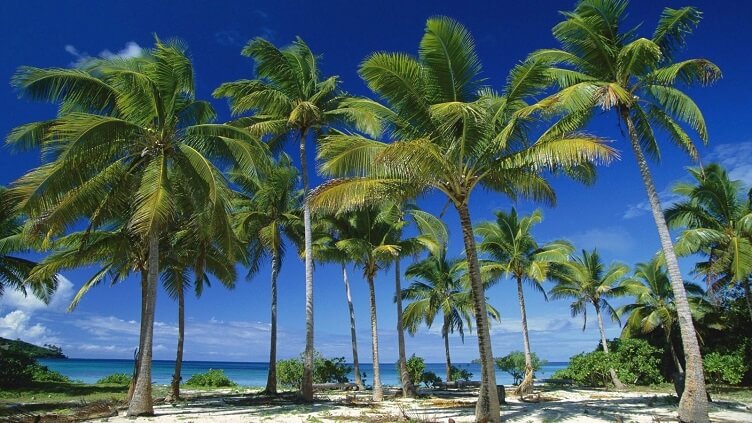
Importance of Trees in the Rainforest:
Rainforest types of trees The trees of the Amazon rainforest serve critical roles in maintaining the delicate balance of the ecosystem:
Biodiversity Support:
Trees in the Amazon rainforest, Trees provide a habitat for a vast array of animal and plant species. The complex structure of the rainforest, created by trees, supports an incredible diversity of life, from insects and birds to mammals and amphibians.
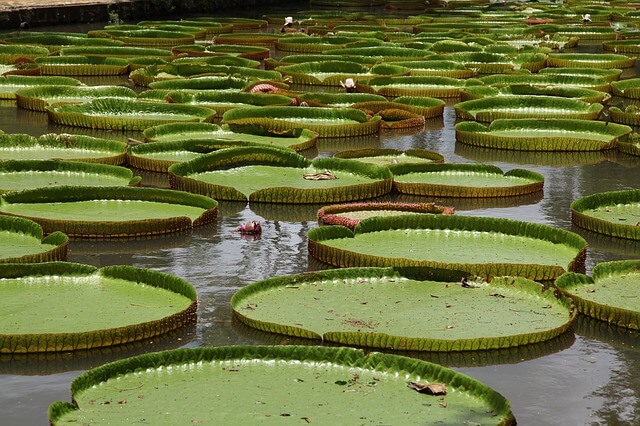
Carbon Sequestration:
Mostly found on south american rainforest plants. Rainforest trees are renowned for their ability to absorb carbon dioxide, a greenhouse gas linked to climate change. The Amazon rainforest, often referred to as the “lungs of the Earth,” plays a crucial role in mitigating global warming by acting as a carbon sink.
Medicinal Value:
Many trees in the Amazon rainforest possess medicinal properties that have been utilized by indigenous communities for centuries. Extracts from plants like the cinchona tree (used to produce quinine) and the copaiba tree (a source of anti-inflammatory compounds) have made significant contributions to Western medicine.
Conservation and Preservation Efforts:
Types of trees in the Amazon rainforest, Recognizing the importance of the Amazon rainforest, various organizations, and governments have been working tirelessly to protect and preserve this invaluable ecosystem. Efforts include reforestation initiatives, sustainable land management practices, and the establishment of protected areas to safeguard the diversity of trees and their associated species.
Conclusion of types of trees in Amazon rainforest:
The trees of the Amazon rainforest are a testament to nature’s wonders, showcasing a vast range of species and adaptations. These trees play a crucial role in maintaining the delicate equilibrium of this magnificent ecosystem. By understanding and appreciating the importance of Amazonian trees, we can work together to ensure the preservation of this vital resource for generations to come.
Dominant plants in the amazon rainforest
The Amazon rainforest, known for its incredible biodiversity, is home to a vast array of plant species. Among the dominant plants in the Amazon rainforest are towering trees that form the forest canopy. Some of the most prominent tree species include the Brazil nut tree, kapok tree, and the giant water lilies known as Victoria amazonica. These plants are plants native to the amazon rainforest.
Important plants in the amazon rainforest, These trees provide the backbone of the rainforest, creating a dense and intricate ecosystem that supports an abundance of life. Other dominant plant species in the Amazon rainforest include bromeliads, orchids, and various types of lianas, which are climbing woody vines that intertwine with the trees. Together, these dominant plants contribute to the unparalleled richness and complexity of the Amazon rainforest.
Common plants in the Amazon rainforest?
Amazon rainforest flora, The Amazon rainforest is home to a plethora of common plant species that play a vital role in the ecosystem. Towering trees dominate the landscape, such as the Brazil nut tree, whose large fruits contain nutritious nuts enjoyed by both humans and wildlife. Another common plant is the kapok tree, with its tall trunk and umbrella-shaped canopy, providing shelter for a variety of animals.
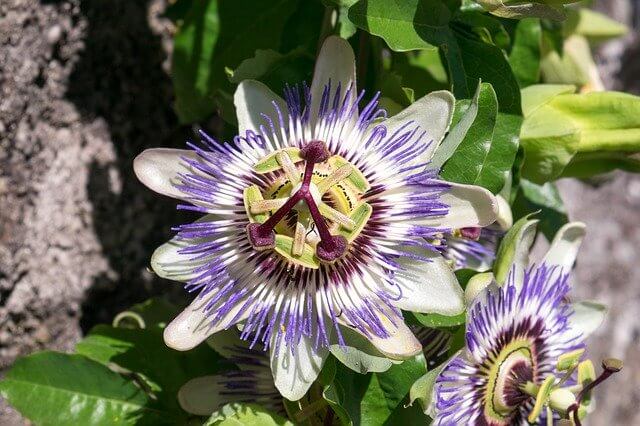
Cool plants in the amazon rainforest, Orchids, known for their vibrant and intricate flowers, are abundant in the Amazon rainforest, as are bromeliads, which form colorful rosettes and hold water, providing habitats for tiny organisms. Additionally, the cacao tree, responsible for the beloved ingredient used in chocolate, is also found in this lush environment. These common plants highlight the incredible biodiversity and importance of the Amazon rainforest as a global treasure.
Ascent pine pollen:
- Ascend pine pollen refers to the pollen grains produced by the ascending pine tree (Pinus cembroides) species.
- This type of pine pollen is known for its potent health benefits and is often used in traditional medicine for its antioxidant and anti-inflammatory properties.
- Ascend pine pollen is rich in vitamins, minerals, amino acids, and phytochemicals, making it a popular natural supplement for supporting immune function, boosting energy, and promoting overall well-being.
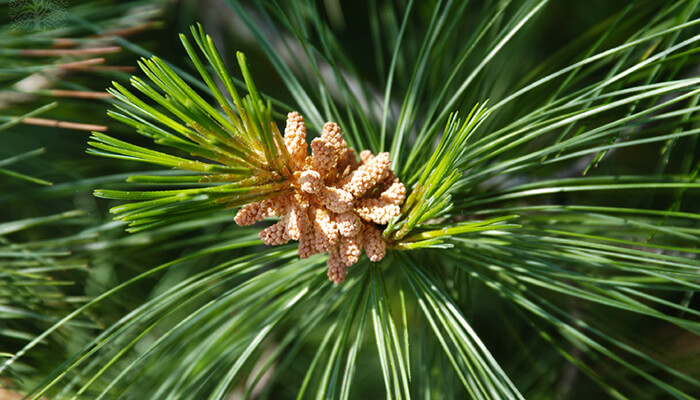
Tropical rainforest fruit trees:
Tropical rainforests are a treasure trove of fruit trees, offering a wide variety of delicious and exotic flavors. Trees like the mango, with its juicy and sweet fruit, and the vibrant-colored papaya, provide a tropical twist to our palates. Additionally, the tropical rainforest is home to luscious and tangy citrus fruits, such as oranges and grapefruits, adding a burst of freshness to the tropical ecosystem.
Read more about What trees are there in the Amazon?
Plants in Brazil rainforest:
The plants in the Brazilian rainforest exhibit astonishing diversity and contribute to the region’s immense ecological richness. From towering Brazil nut trees to vibrant bromeliads and delicate orchids, the rainforest is a vibrant tapestry of life. Other notable plants include the towering kapok trees and various medicinal plants that have been utilized by indigenous communities for centuries.
Rubber trees in the Amazon:
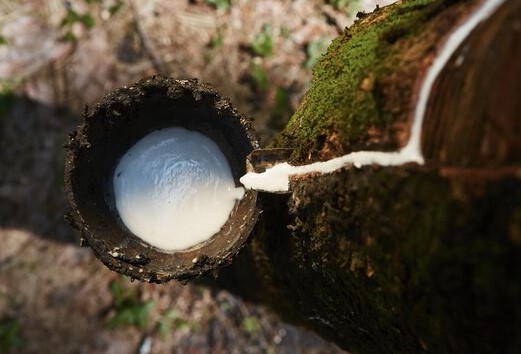
Rubber trees (Hevea brasiliensis) are native to the Amazon rainforest and are known for their valuable latex sap, which is used in rubber production. These tall trees have smooth bark and produce latex in response to cuts or incisions made in the trunk. The rubber industry has had a significant impact on the economy and history of the Amazon region, making rubber trees an important and iconic part of the Amazon rainforest.



